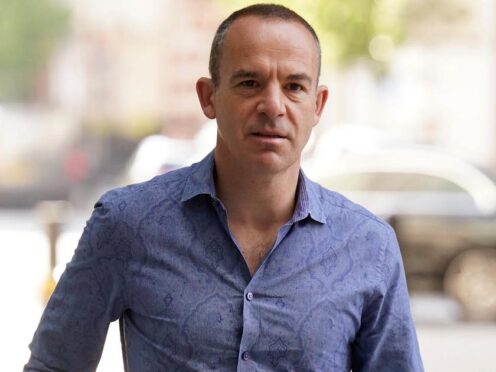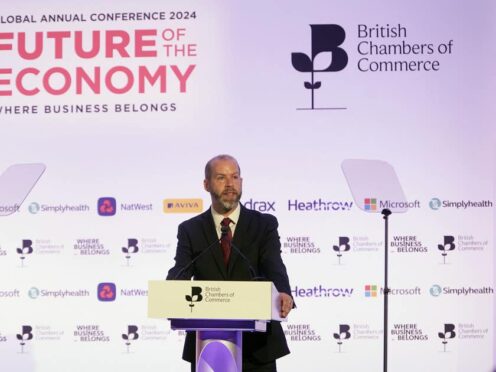Society of Motor Manufacturers and Traders chief executive Mike Hawes has warned the UK’s charging infrastructure is failing to keep up with electric vehicle (EV) sales.
Mr Hawes said: “The UK Government has set an ambitious target to make Britain the first major market to end the sale of new petrol and diesel cars and vans.
“Manufacturers have invested billions, including more than £10.8 billion in the UK alone over the last decade, to bring more than 140 models of plug-in car to market.
“However, delivering this transition means giving drivers a reliable, accessible and affordable user experience when charging vehicles.
“We need a universal right to charge electric vehicles for all drivers, wherever they live, wherever they travel and whatever their needs.”
Scotland better placed within UK
Mr Hawes added: “Scotland has better provision of charging points relative to the number of electric vehicles in use, however, throughout the UK infrastructure is failing to keep up with EV sales.
“In 2019 there was one public on-street standard charge point for every eight plug-in cars registered in Scotland. In 2021, this deteriorated to one for every 21 – better than the UK average of one for every 32, but still weaker than several other major EV markets.”
We need a universal right to charge electric vehicles for all drivers, wherever they live, wherever they travel and whatever their needs.”
– Mike Hawes, CEO, Society of Motor Manufacturers and Traders.
Plans to double the number of public charge points in Scotland are “certainly a step in the right direction”, Mr Hawes said.
He continued: “Ultimately though, to give all drivers the confidence to charge as easily as they refuel, wherever they live or work, there needs to be a nationally co-ordinated and locally delivered infrastructure plan that puts the needs of consumers first, while also giving charge point operators and local authorities certainty to install the right number of the right chargers in the right places ahead of need.
“With clear, equivalent targets and support for operators and local authorities that match consumer needs, government can ensure we have a charge point network that makes electric mobility a reality for all, cutting emissions, driving growth and supporting consumers across Scotland and the wider UK.”
AA president Edmund King said Scotland was ahead of the game, compared with other parts of the UK when it came to EV charging infrastructure.
Mr King added: “Of course, more needs to be done to fill in the gaps, improve reliability and indeed accessibility for disabled drivers.
“The other issue is that some charge posts are in remote, unlit areas away from shops so can pose safety worries, particularly for lone females charging at night.
“But generally Scotland is on the right tracks for electrification, with some cities such as Dundee leading the charge.”
But the RAC has warned the UK Government’s massive target of 300,000 public chargers may not be enough.
With the number of new electric vehicles coming onto our roads accelerating at an impressive rate, it is vital the government has ambitious targets on installing new public charge points ahead of 2030.”
– Nicholas Lyes, head of policy, RAC.
RAC head of policy Nicholas Lyes said: “With the electric vehicle revolution already under way, it’s vital the UK’s charging infrastructure is fit for purpose and keeps pace.
“Many current and would-be EV drivers worry that charging units will be out of order when they arrive to charge their vehicles, so it is vitally important this is addressed.
“The development of local charging hubs, which we have called for some time, will also play a crucial role in helping the estimated one-third of drivers who can’t charge at home as they don’t have a driveway or garage.
“With the number of new electric vehicles coming onto our roads accelerating at an impressive rate, it is vital the government has ambitious targets on installing new public charge points ahead of 2030.”
Drivers looking to switch ‘en masse’
Mr Lyes added: “While the government’s expectation of having 300,000 charge points available by 2030 might sound impressive, we are concerned that this is not going to be sufficient, with drivers looking to switch to an electric vehicle en masse ahead of the 2030 ban on the sale of new petrol and diesel cars.”











